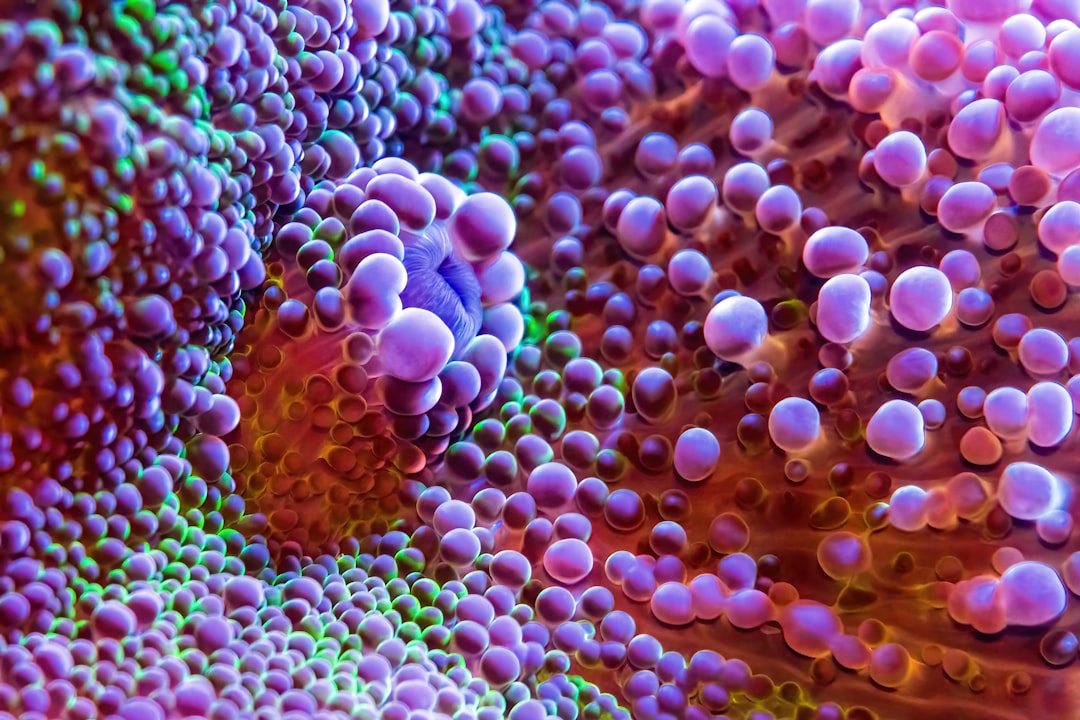Platelet Rich Plasma (PRP) therapy is a revolutionary treatment that has been gaining popularity in recent years for its ability to naturally heal and regenerate damaged tissues and promote overall wellness. One area where PRP has shown promising results is in the treatment of urinary incontinence, a common and often embarrassing condition that affects millions of people worldwide.
Urinary incontinence is characterized by the involuntary leakage of urine, which can be caused by a variety of factors such as aging, childbirth, obesity, and previous surgeries. Traditional treatments for urinary incontinence include medications, physical therapy, and surgery, but these options can be expensive, invasive, and may not always provide long-term relief.
PRP therapy offers a natural and non-invasive alternative for treating urinary incontinence. PRP is a substance derived from the patient’s own blood, which is processed to concentrate the platelets and growth factors that are responsible for tissue repair and regeneration. When injected into the affected area, PRP promotes the healing process by stimulating the growth of new blood vessels, collagen, and other tissues, which can help improve the strength and function of the pelvic floor muscles that control bladder function.
Recent studies have shown that PRP therapy can be an effective treatment for urinary incontinence, with many patients experiencing a significant improvement in their symptoms after just a few sessions. In one study published in the International Urogynecology Journal, researchers found that women who received PRP injections for stress urinary incontinence reported a significant reduction in leakage episodes and an improvement in quality of life compared to those who received a placebo.
The advantages of using PRP for urinary incontinence are numerous. PRP is a natural and safe treatment that carries minimal risks of side effects or complications because it is derived from the patient’s own blood. PRP therapy is also non-invasive and can be performed as an outpatient procedure, which means that patients can resume their normal activities immediately after the treatment. Additionally, PRP therapy offers long-lasting results, with many patients experiencing sustained improvements in their symptoms for months or even years after completing their treatment.
In conclusion, platelet rich plasma for urinary incontinence is a promising and innovative treatment option that offers a natural and effective solution for those suffering from this common and debilitating condition. With its ability to promote tissue repair and regeneration, PRP therapy can help restore bladder function and improve quality of life for patients with urinary incontinence. If you are considering PRP therapy for urinary incontinence, be sure to consult with a qualified healthcare provider to determine if this treatment is right for you.

